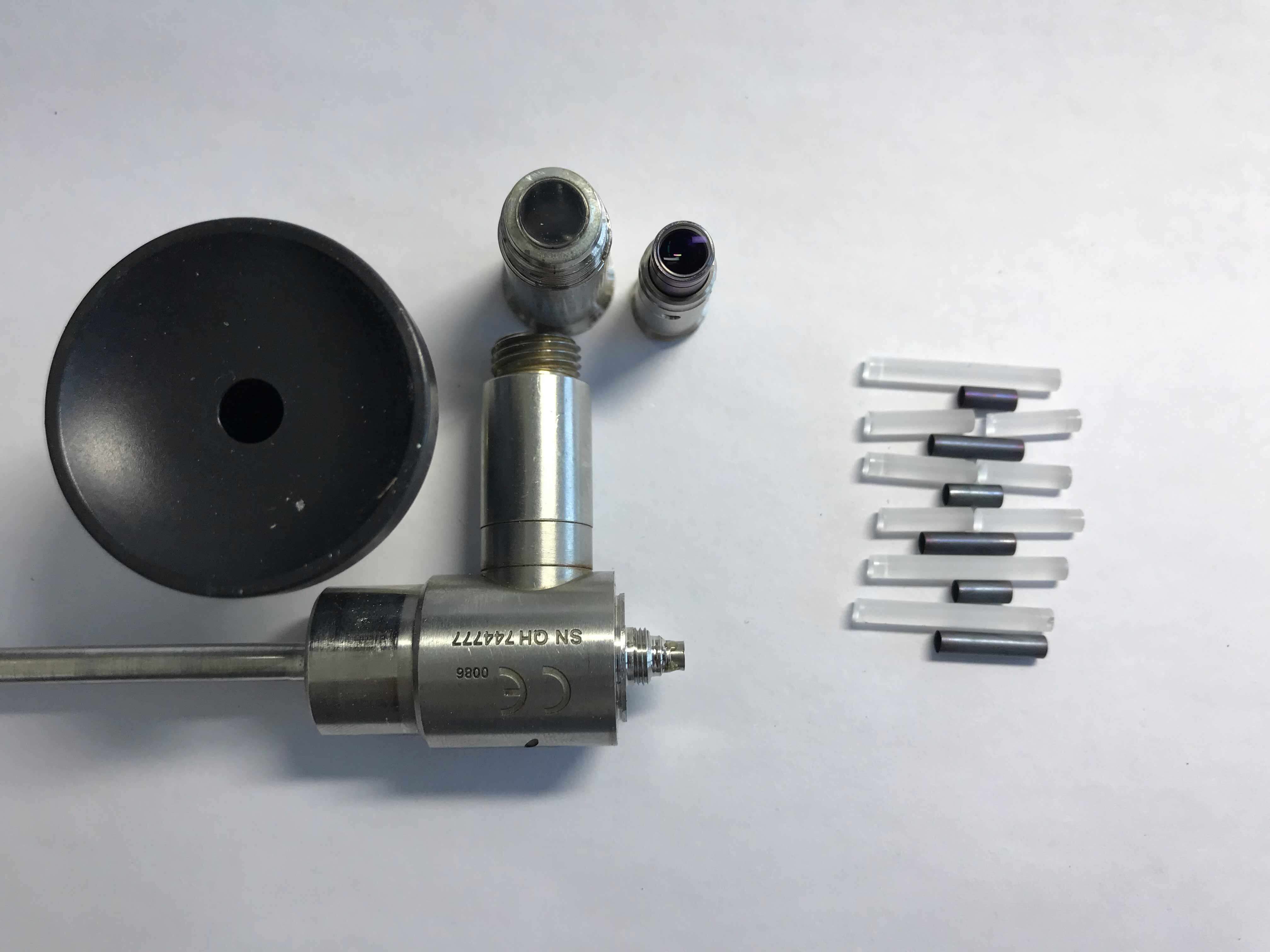內窺鏡是一根細長的撓性管,頂部帶有微型攝像頭,管中有一個通道,可讓各種儀器通過,包括圈套器和活檢設備。內窺鏡是用于幫助診斷和治療各種胃腸道和呼吸系統疾病的醫學方法。根據癥狀,主要用于檢查喉,胃和腸的內壁,結腸或呼吸道(鼻,喉和肺),可以收集這些區域的樣本,然后進行分析以確定疾病的性質。
The endoscope is a slender flexible tube with a micro camera on the top and a channel in the tube for various instruments, including snares and biopsy equipment. Endoscopy is a medical method used to help diagnose and treat various gastrointestinal and respiratory diseases. According to the symptoms, it is mainly used to examine the inner wall of the larynx, stomach and intestine, colon or respiratory tract (nose, larynx and lung). Samples from these areas can be collected and analyzed to determine the nature of the disease.
當常規血液檢查,尿液檢查,x光和超聲檢查無法確定原因時,應使用內窺鏡檢查。檢查胃腸道和呼吸道的內壁有助于更順利地找到問題的根源。對于較薄的異常組織,可以在內窺鏡檢查過程中將樣品切下并取出進行活檢分析。在異物阻塞的情況下,內窺鏡檢查是可以替代“切口手術”的治療方法。
When routine blood test, urine test, X-ray and ultrasound can not determine the cause, endoscopy should be used. Examining the inner walls of the gastrointestinal tract and respiratory tract can help to find the root of the problem more smoothly. For thinner abnormal tissue, the sample can be cut off and taken out for biopsy analysis during endoscopy. In the case of foreign body obstruction, endoscopy is an alternative to "incision surgery".
如果需要進行全層活檢,通常不建議使用內窺鏡。此外,內窺鏡無法用于檢測腸道異物或中腸疾病。
Endoscopy is generally not recommended if a full-thickness biopsy is required. In addition, endoscopy cannot be used to detect intestinal foreign bodies or midgut diseases.
內窺鏡可以用來檢查什么?
What can endoscopy be used to examine?
內窺鏡檢查可以顯示胃中是否有異物。它也可用于揭示胃,腸,結腸或呼吸道中是否有可疑或異常區域。如有必要,內窺鏡還可以幫助獸醫進行活檢。
Endoscopy can show whether there are foreign bodies in the stomach. It can also be used to reveal whether there are suspicious or abnormal areas in the stomach, intestine, colon or respiratory tract. If necessary, endoscopy can also help veterinarians with biopsies.

如何對狗進行內窺鏡檢查?內窺鏡檢查在全身麻醉下進行。一旦受影響的狗失去知覺,獸醫就會準備好通氣管,然后可以開始進行內窺鏡檢查。內窺鏡的尖 端將涂有少量潤滑劑,以便更輕松地進入狗的身體。首先將內窺鏡的尖 端放在身體的孔口(例如嘴,結腸或氣管)。然后,操作員使用目鏡進一步將儀器安全地引導通過食道,結腸或呼吸道。在某些情況下,獸醫會將空氣傳遞到試管中以擴大胃腸道,以進行觀察。找到異物或異常區域后,特定的儀器可以通過管中的通道進入體內。通過使用目鏡并操作內窺鏡的尖 端,該儀器可用于檢測特定區域或進行活檢樣本。操作完成后,從腸道中抽出多余的空氣,然后取出內窺鏡。任何活檢樣本須提交給外部實驗室進行分析。
How to do endoscopy in dogs? Endoscopy was performed under general anesthesia. Once the affected dog loses consciousness, the veterinarian will have the ventilation tube ready and can then begin the endoscopy. The tip of the endoscope will be coated with a small amount of lubricant to allow easier access to the dog's body. First, place the tip of the endoscope at the orifice of the body (such as the mouth, colon or trachea). The operator then uses the eyepiece to further safely guide the instrument through the esophagus, colon or respiratory tract. In some cases, veterinarians pass air into test tubes to expand the gastrointestinal tract for observation. After finding the foreign body or abnormal area, the specific instrument can enter the body through the channel in the tube. By using an eyepiece and operating the tip of the endoscope, the instrument can be used to detect specific areas or perform biopsy samples. After the operation, the excess air was extracted from the intestine, and then the endoscope was removed. Any biopsy sample must be submitted to an external laboratory for analysis.
內窺鏡檢查無痛嗎?
Is endoscopy painless?
因為手術是在麻醉下進行的,所以狗不會感到疼痛。另外,該測試不會涉及“切口”,因此手術后不會有疼痛感。但是,在手術后,可能由于呼吸管的臨時放置而引起不適,但是這種不適也因狗而異。
Because the operation is performed under anesthesia, the dog does not feel pain. In addition, the test does not involve "incisions", so there is no pain after the operation. However, after the operation, it may cause discomfort due to the temporary placement of the respiratory tube, but the discomfort also varies from dog to dog.
內窺鏡測試是否需要鎮靜或麻醉?
Do endoscopic tests require sedation or anesthesia?
如上所述,內窺鏡測試需要全身麻醉,以使狗保持神志清醒,無疼痛和肌肉松弛的狀態。在正常情況下,寵物將獲得鎮靜藥以幫助其放松,然后對其進行簡短的靜脈麻醉,以使獸醫將呼吸管插入其氣管,然后在手術過程中連續注入麻醉氣體“無意識”狀態。
As mentioned above, endoscopic testing requires general anesthesia to keep the dog awake, pain free and muscle relaxed. Under normal circumstances, pets will be given sedatives to help them relax, and then they will be given a brief intravenous anesthesia so that the veterinarian can insert the breathing tube into their trachea, and then continuously inject anesthetic gas into the "unconscious" state during the operation.



 公司:匠仁醫療設備有限公司
公司:匠仁醫療設備有限公司